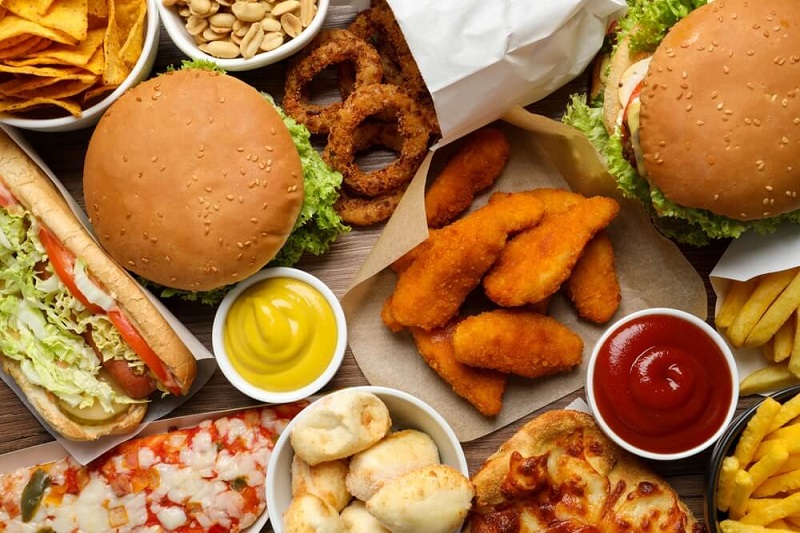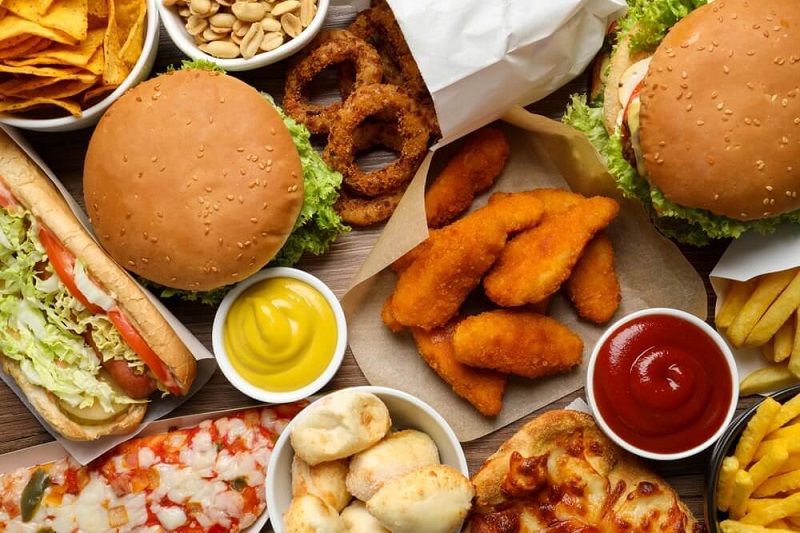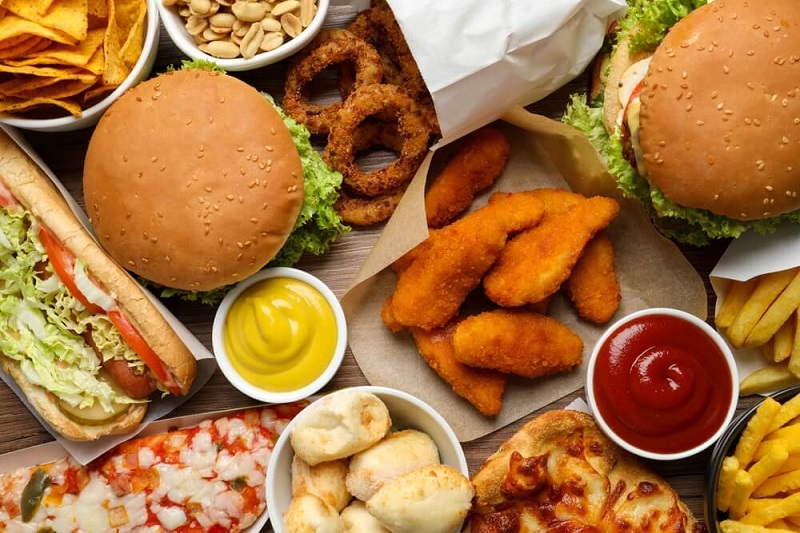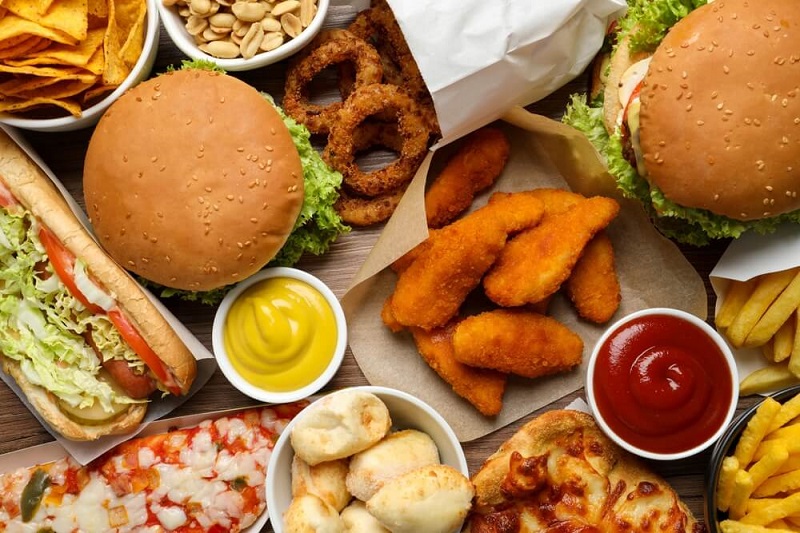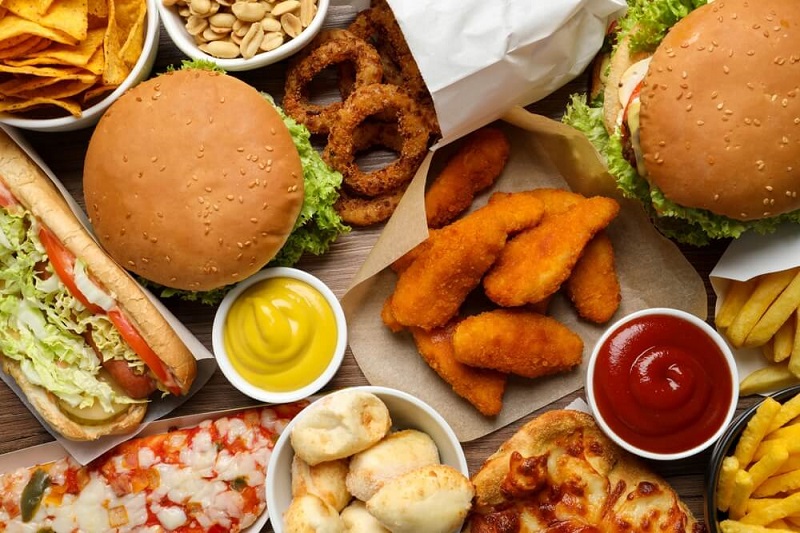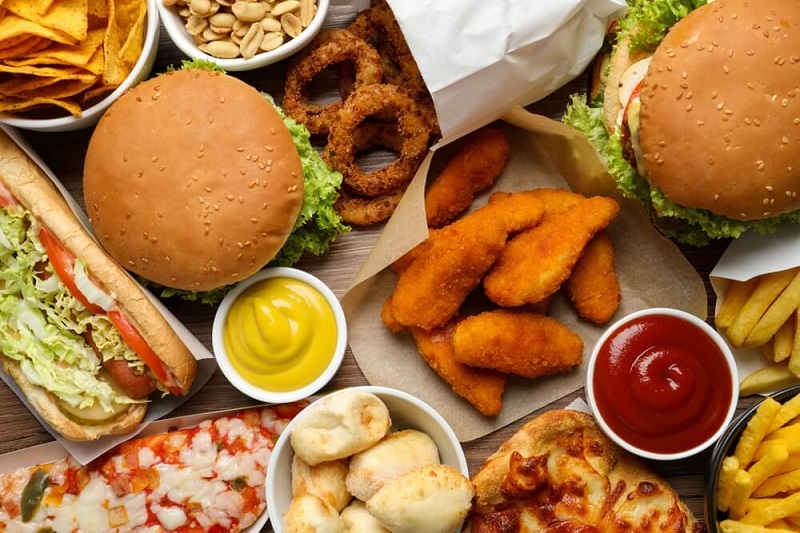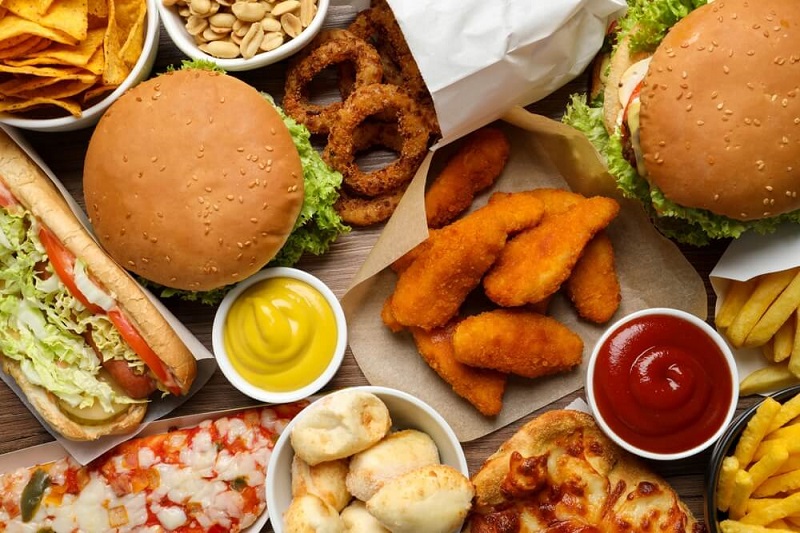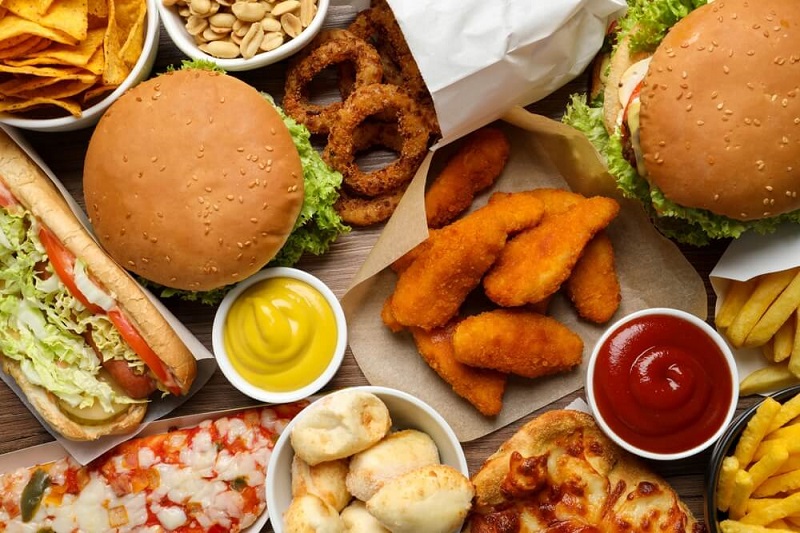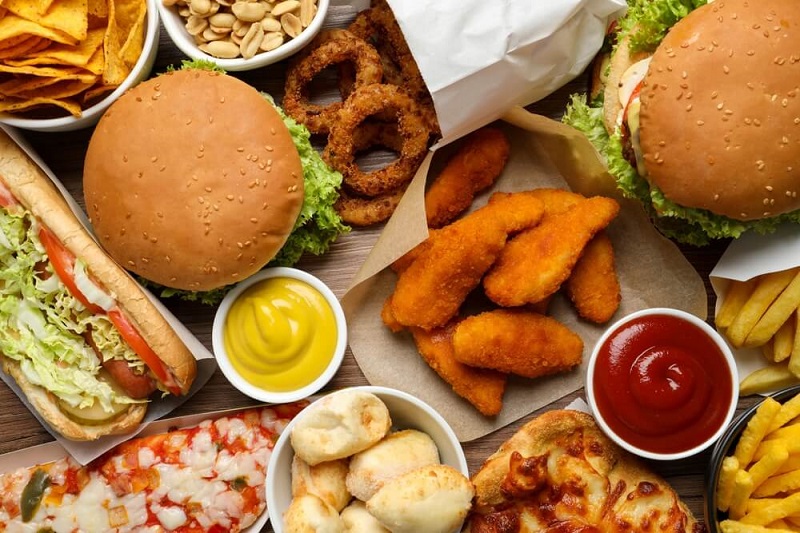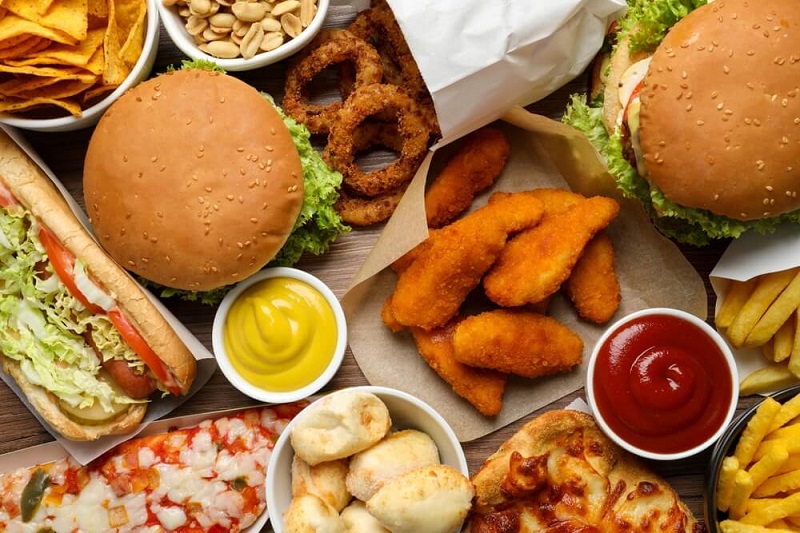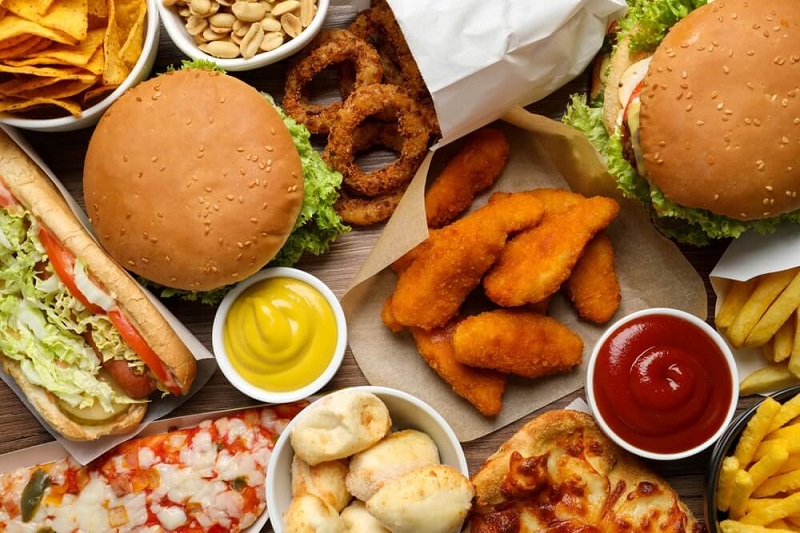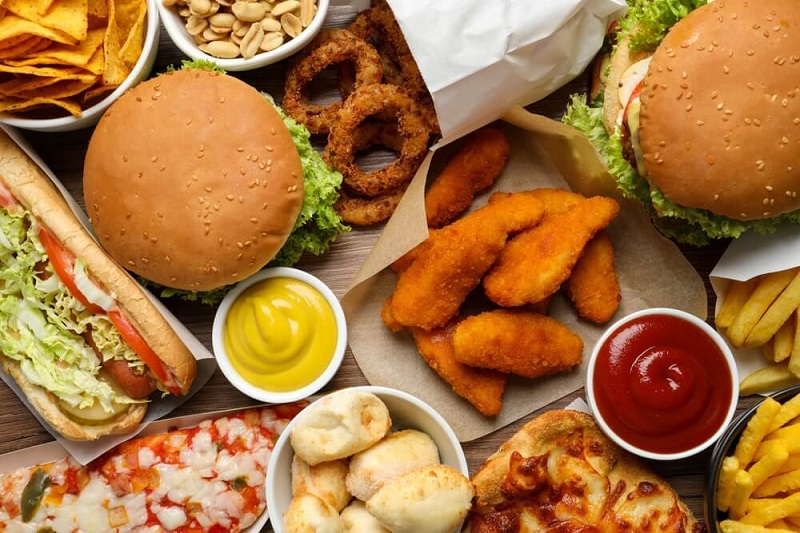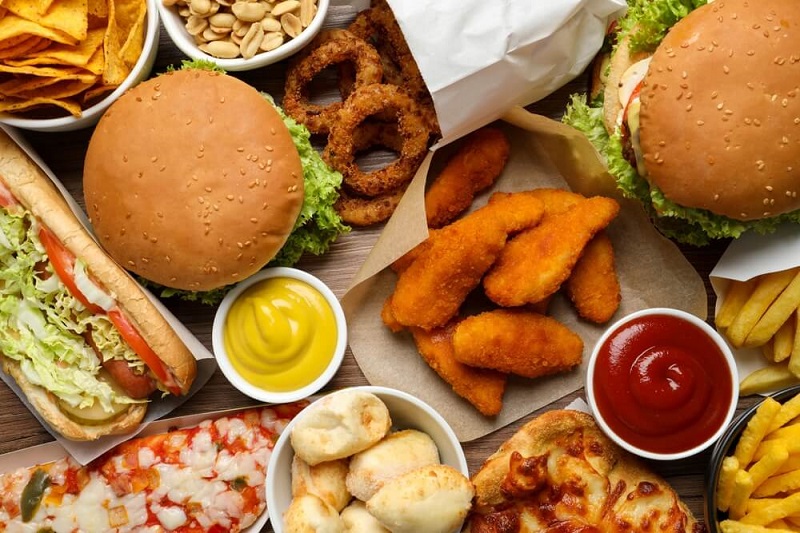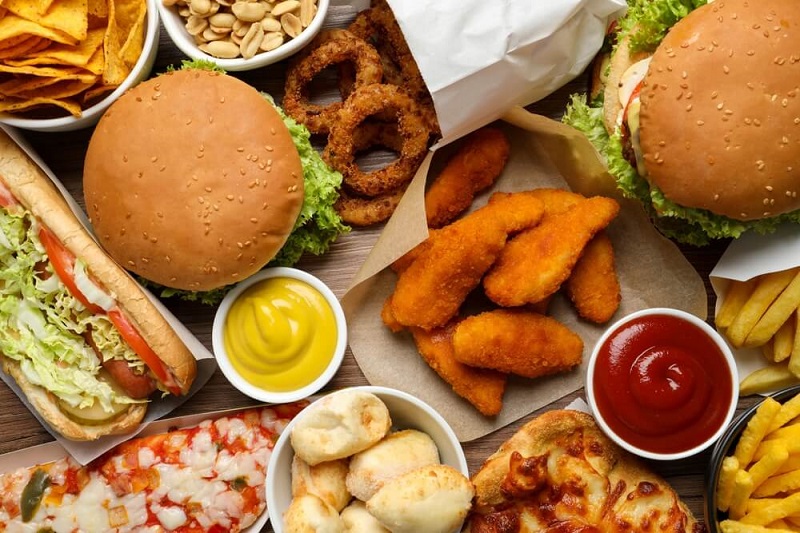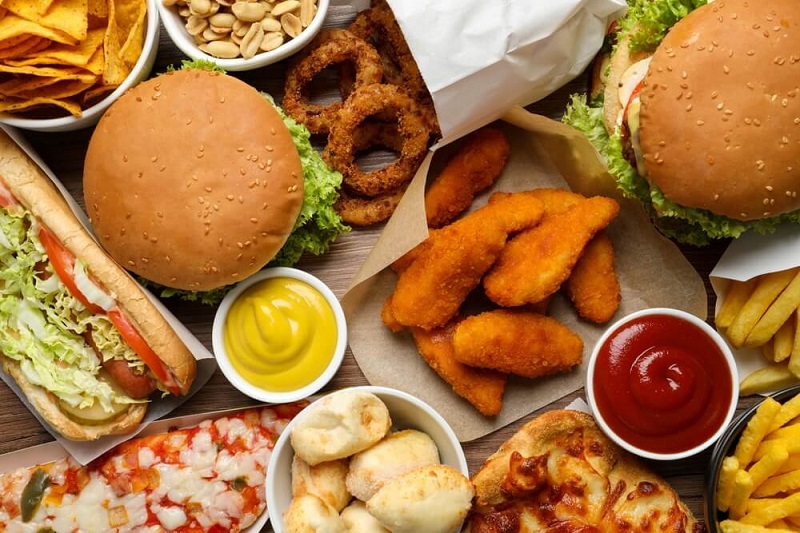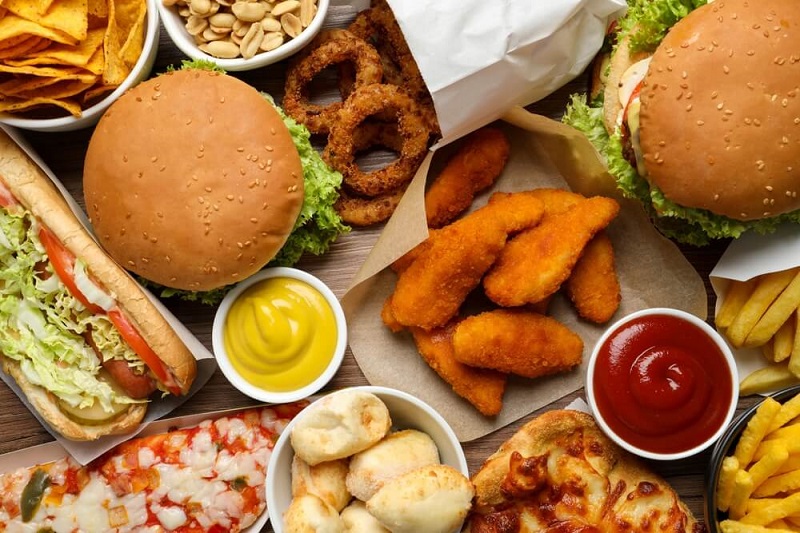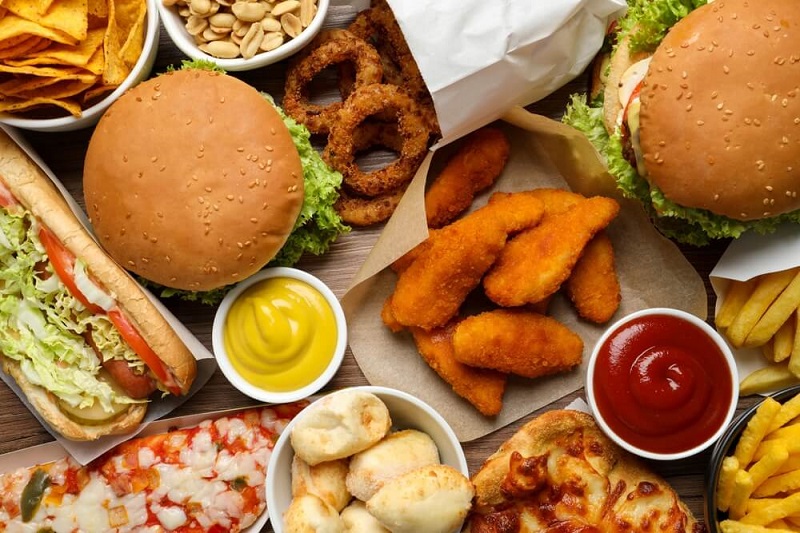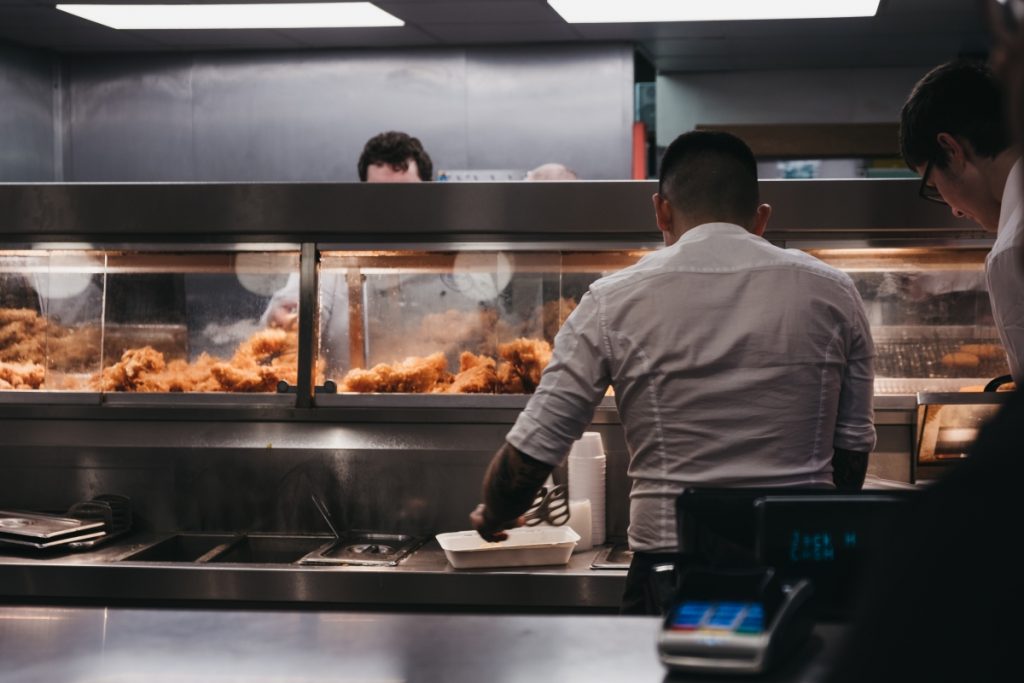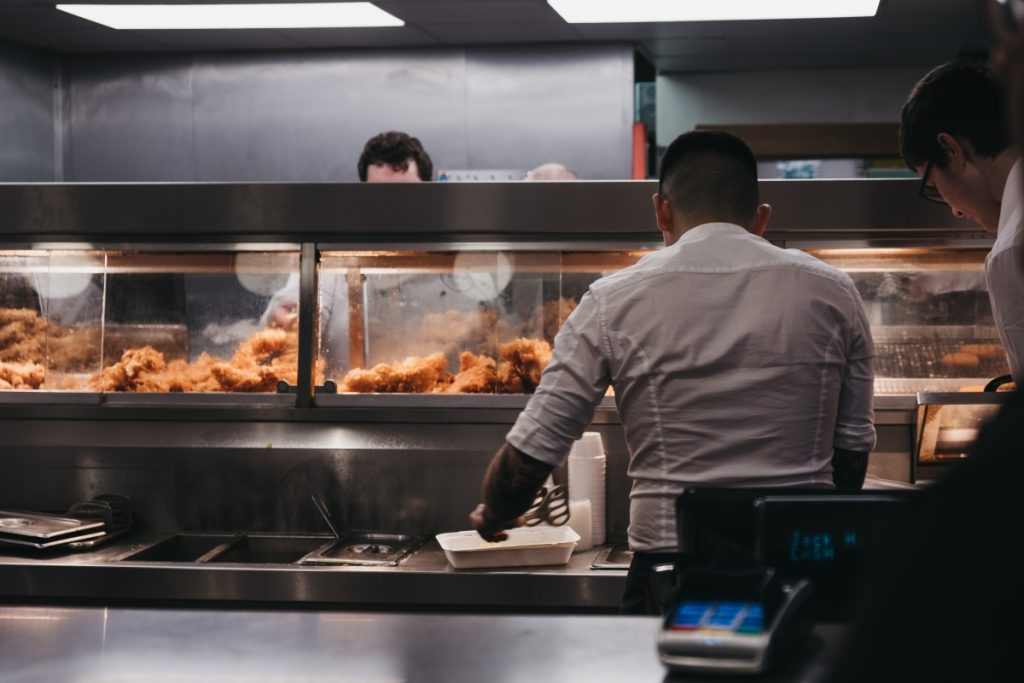Fast Food Employers Liability Insurance: Staff Safety in High-Pressure Environments
The fast food industry operates at breakneck speed, with employees working under intense pressure to serve customers quickly while maintaining quality standards. This high-pressure environment, combined with the inherent risks of commercial kitchens, creates a perfect storm for workplace accidents and injuries. For fast food business owners, understanding and securing proper employers liability insurance isn't just a legal requirement—it's essential protection for both your staff and your business.
Understanding the High-Pressure Fast Food Environment
Fast food establishments are characterized by their rapid service model, which creates unique workplace challenges. Staff members work in environments where every second counts, often juggling multiple tasks simultaneously while dealing with demanding customers and tight deadlines. This pressure-cooker atmosphere significantly increases the risk of workplace accidents.
The typical fast food kitchen operates with hot oil fryers, grills, ovens, and other dangerous equipment running continuously during peak hours. Employees must navigate tight spaces, handle sharp knives, lift heavy supplies, and work with potentially hazardous cleaning chemicals—all while maintaining the speed necessary to meet customer expectations.
During rush periods, the pressure intensifies exponentially. Staff may skip safety protocols to save time, work longer shifts without adequate breaks, or attempt to multitask beyond their capabilities. These conditions create an environment where accidents are not just possible but statistically inevitable.
Common Workplace Injuries in Fast Food Establishments
Burns and Scalds
Burns represent the most common and severe injuries in fast food environments. Hot oil splashes from fryers, contact with grill surfaces, steam burns from equipment, and scalding from hot liquids pose constant threats. These injuries can range from minor first-degree burns to severe third-degree burns requiring extensive medical treatment and potentially causing permanent disability.
Cuts and Lacerations
Sharp knives, food slicers, and broken glass create significant cutting hazards. In the rush to prepare food quickly, employees may use improper cutting techniques or fail to properly maintain equipment, leading to serious lacerations that require immediate medical attention and can result in long-term complications.
Slips, Trips, and Falls
Fast food kitchens are notorious for wet, greasy floors that become extremely hazardous. Spilled oil, water, food debris, and cleaning solutions create slippery surfaces. Combined with the fast-paced environment and employees carrying hot food or equipment, these conditions frequently result in serious falls.
Repetitive Strain Injuries
The repetitive nature of fast food work—constant lifting, reaching, and performing the same motions—can lead to musculoskeletal disorders. These injuries develop over time and can cause chronic pain and disability, requiring ongoing medical treatment and potentially forcing employees to leave the workforce.
Chemical Exposure
Fast food establishments use various cleaning chemicals and sanitizers that can cause respiratory problems, skin irritation, and chemical burns. Improper handling, inadequate ventilation, or mixing incompatible chemicals can create dangerous situations for employees.
Equipment-Related Injuries
Malfunctioning or improperly maintained equipment poses serious risks. Injuries from slicers, mixers, fryers, and other machinery can be severe and life-altering. Even properly functioning equipment can cause injuries when employees are inadequately trained or working under extreme pressure.
Legal Requirements for Employers Liability Insurance
In the UK, employers liability insurance is not optional—it's a legal requirement for virtually all businesses with employees. The Employers' Liability (Compulsory Insurance) Act 1969 mandates that employers must have at least £5 million of coverage, though most policies provide £10 million or more.
Fast food businesses must display their employers liability certificate prominently in the workplace where employees can easily see it. Failure to maintain proper coverage can result in fines of up to £2,500 for each day the business operates without insurance.
The legal requirement exists because employers have a duty of care to provide a safe working environment for their staff. When workplace injuries occur, employers can face significant legal liability, including compensation claims, legal fees, and potential criminal charges in cases of gross negligence.
What Employers Liability Insurance Covers
Medical Expenses
The insurance covers immediate medical treatment costs, including emergency room visits, surgery, medication, and ongoing medical care. This coverage is crucial in fast food environments where injuries can be severe and require extensive treatment.
Compensation Claims
If an employee suffers a workplace injury, they may be entitled to compensation for pain and suffering, loss of earnings, and reduced future earning capacity. Employers liability insurance protects businesses from these potentially devastating financial claims.
Legal Defense Costs
When facing an injury claim, businesses need legal representation to protect their interests. The insurance covers solicitor fees, court costs, and other legal expenses associated with defending against claims.
Rehabilitation Costs
For employees who suffer serious injuries, the insurance may cover rehabilitation services, physiotherapy, and occupational therapy to help them return to work or adapt to their limitations.
Death Benefits
In the tragic event of a workplace fatality, the insurance provides death benefits to the employee's family, covering funeral expenses and providing financial support for dependents.
Risk Assessment and Prevention Strategies
Comprehensive Safety Training
Effective safety training is the foundation of injury prevention in fast food establishments. All employees must receive thorough training on equipment operation, proper lifting techniques, chemical handling, and emergency procedures. This training should be ongoing, with regular refresher sessions and updates when new equipment or procedures are introduced.
Equipment Maintenance and Safety Protocols
Regular maintenance of all kitchen equipment is essential for preventing accidents. Establish clear protocols for equipment inspection, cleaning, and repair. Ensure that safety guards are in place and functioning properly, and that employees know how to safely operate all equipment.
Proper Staffing Levels
Understaffing increases pressure on employees and raises the risk of accidents. Maintain adequate staffing levels during all shifts, particularly during peak hours when the risk of injury is highest. Consider the physical and mental demands of the work when scheduling shifts.
Workplace Design and Layout
The physical layout of the kitchen significantly impacts safety. Ensure adequate space for employees to move safely, proper ventilation to remove heat and fumes, and non-slip flooring in all areas. Keep walkways clear of obstacles and ensure adequate lighting throughout the workspace.
Personal Protective Equipment (PPE)
Provide appropriate PPE for all employees, including non-slip shoes, cut-resistant gloves, aprons, and eye protection where necessary. Ensure that PPE is properly maintained and replaced when worn or damaged.
Creating a Safety Culture
Management Leadership
Safety culture starts at the top. Management must demonstrate a genuine commitment to employee safety by investing in proper equipment, training, and safety measures. When managers prioritize safety over speed, employees are more likely to follow safety protocols.
Employee Involvement
Encourage employees to report safety concerns and near-misses without fear of retribution. Create a system for employees to suggest safety improvements and recognize those who contribute to a safer workplace.
Regular Safety Meetings
Conduct regular safety meetings to discuss potential hazards, review safety procedures, and address any concerns. Use these meetings to reinforce the importance of safety and to keep safety top-of-mind for all employees.
Incident Investigation
When accidents occur, conduct thorough investigations to identify root causes and implement corrective measures. Share lessons learned with all staff to prevent similar incidents in the future.
Choosing the Right Insurance Coverage
Assessing Your Risk Profile
Different fast food establishments face varying levels of risk based on their size, menu complexity, equipment used, and operational procedures. Conduct a thorough risk assessment to identify potential hazards and determine appropriate coverage levels.
Coverage Limits
While £5 million is the legal minimum, many businesses opt for higher coverage limits to provide additional protection. Consider factors such as the number of employees, the nature of work performed, and potential claim values when determining appropriate coverage limits.
Policy Exclusions
Understand what your policy excludes. Common exclusions may include injuries resulting from employee intoxication, criminal acts, or pre-existing medical conditions. Ensure that your policy provides adequate coverage for the specific risks your business faces.
Additional Coverage Options
Consider additional coverage options such as public liability insurance, product liability insurance, and business interruption insurance to provide comprehensive protection for your business.
Claims Management and Response
Immediate Response Procedures
When a workplace injury occurs, immediate response is crucial. Ensure that injured employees receive prompt medical attention, document the incident thoroughly, and notify your insurance provider as soon as possible.
Documentation Requirements
Maintain detailed records of all workplace incidents, including witness statements, photographs, and medical reports. Proper documentation is essential for successful claims processing and can help protect your business from fraudulent claims.
Working with Insurance Providers
Establish a good working relationship with your insurance provider. Understand their claims process, response times, and requirements. Prompt communication and cooperation can help ensure that claims are processed efficiently.
Return-to-Work Programs
Implement return-to-work programs to help injured employees return to productive employment as soon as medically appropriate. These programs can reduce claim costs and demonstrate your commitment to employee welfare.
Cost Considerations and Premium Factors
Factors Affecting Premiums
Insurance premiums are influenced by various factors, including the size of your business, number of employees, claims history, safety record, and the specific risks associated with your operations. Businesses with strong safety records and effective risk management programs typically enjoy lower premiums.
Cost-Benefit Analysis
While insurance premiums represent a significant business expense, the cost of being uninsured far exceeds the cost of coverage. A single serious workplace injury can result in claims worth hundreds of thousands of pounds, potentially bankrupting an uninsured business.
Premium Reduction Strategies
Implement comprehensive safety programs, maintain detailed safety records, and work with experienced insurance brokers to find competitive rates. Some insurers offer premium discounts for businesses that demonstrate strong safety commitments.
Industry-Specific Considerations
Franchise Operations
Franchise operators must understand their insurance obligations under their franchise agreement. Some franchisors require specific coverage levels or approved insurance providers. Ensure that your coverage meets both legal requirements and franchise obligations.
Multi-Location Operations
Businesses operating multiple locations face unique challenges in maintaining consistent safety standards and insurance coverage. Develop standardized safety procedures and ensure that all locations maintain appropriate coverage levels.
Seasonal Variations
Many fast food businesses experience seasonal fluctuations in staffing and operations. Ensure that your insurance coverage can accommodate these variations and that temporary staff receive appropriate safety training.
Future Trends and Considerations
Automation and Technology
As the fast food industry increasingly adopts automation and new technologies, the nature of workplace risks may change. Stay informed about emerging risks and ensure that your insurance coverage evolves with your business operations.
Regulatory Changes
Employment law and safety regulations continue to evolve. Stay current with regulatory changes that may affect your insurance requirements or liability exposure.
Mental Health Considerations
Increasing awareness of workplace mental health issues may impact future insurance requirements. Consider how workplace stress and mental health factors might affect your employees and insurance needs.
Conclusion
Fast food employers liability insurance is far more than a legal requirement—it's essential protection for businesses operating in one of the most challenging and high-risk industries. The combination of high-pressure environments, dangerous equipment, and time constraints creates significant potential for workplace injuries that can devastate both employees and businesses.
Effective risk management requires a comprehensive approach that combines proper insurance coverage with robust safety programs, adequate training, and a genuine commitment to employee welfare. By understanding the risks, implementing appropriate safety measures, and securing adequate insurance coverage, fast food business owners can protect their employees, their businesses, and their futures.
The investment in proper employers liability insurance and comprehensive safety programs pays dividends through reduced injuries, lower insurance premiums, improved employee morale, and protection from potentially catastrophic financial losses. In an industry where margins are tight and competition is fierce, this protection isn't just advisable—it's essential for long-term success.
For fast food business owners, the question isn't whether you can afford employers liability insurance—it's whether you can afford to operate without it. The risks are too great, the legal requirements too clear, and the potential consequences too severe to leave this critical protection to chance.


 0330 127 2333
0330 127 2333
